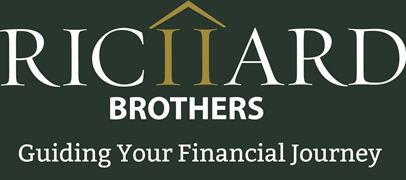
Deciding on the right retirement plan to offer your employees can be a challenge; there are countless factors that go into determining which type of plan is right for your business and its employees, including the size of the contribution you're able to make and how these contributions may affect your taxes. One retirement plan option to consider that often goes overlooked is that of the cash balance plan, which allows employees to accelerate their savings while maximizing tax deductions for the company.
Understanding Cash Balance Plans and How They Work
Specifically, a cash balance plan is a type of defined benefit plan—meaning that account balances for each employee are theoretical in nature, and interest credits are set and guaranteed by the employer. With a cash balance plan, each participating employee's account is credited with a certain percentage of his or her annual pay, as well as an index-based interest credit. The balance on one of these plans is often expressed in a lifetime annuity, but it is also possible for lump sum payments to be taken.
Typically, these plans are combined with a traditional 401k as a means of maximizing retirement contributions and tax savings.
Benefits of Cash Balance Plans for Businesses
In addition to the significant benefits for employees (such as being able to accrue 10 years of savings in half the time), there are many advantages for companies that opt to offer cash balance plans. For starters, the contribution levels for cash balance plans are much higher than they are with a traditional 401k, making this a great option for companies with large profits and steady, reliable cash flow. This type of retirement plan can also be an excellent option for business owners who may have deferred saving for retirement to start their business ventures; because these plans allow for such quick savings, they can be a great way to play "catch-up" on retirement savings.
Using a Cash Balance Plan to Maximize Tax Savings
Perhaps the greatest advantage to a company using a cash balance plan, however, is the potential for tax breaks. Specifically, these plans make it possible for businesses to defer tax payments on substantial amounts of income contributed to these accounts, which can result in significantly lower taxes each year. For example, while maximum deductible contributions for 401ks often range around $50,000 per year, a cash balance plan allows for deductible contributions of anywhere from $100,000 to $200,000 annually. It is worth noting, of course, that exact deductible contribution limits can vary depending on the size of the company, the number of employees, and other factors.
Overall, a cash balance plan can be a great choice for companies looking to make large retirement contributions (generally 7.5% of an employee's annual salary or higher) and reap substantial tax benefits. Thinking about setting up a cash balance plan at your company? Speak to our team at Richard Brothers to get started today!
Richard Brothers Financial Advisors



